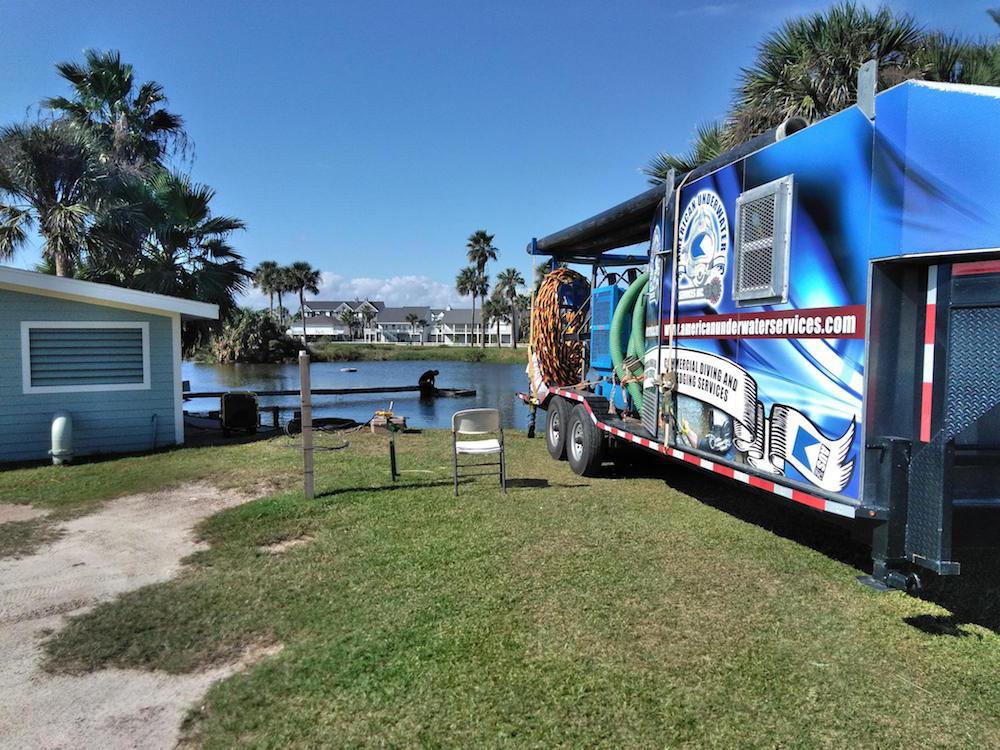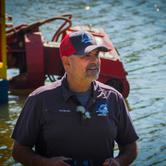8 Spring Pond Maintenance Tips

Spring is almost here, and your pond or water hole will be waking up from its deep winter sleep. Now is a great time to undertake simple maintenance to ensure your pond stays happy and healthy throughout the year.
Whether you're an HOA or a golf course, pond maintenance goes a long way. It helps clear out debris, which in turn reduces the nitrates and nutrients that algae feed upon. It also helps make the pond more attractive to our feathered and aquatic friends. A pond with clean, clear water will only help improve property values and the quality of life of all who walk by it.
Nature Takes Time
It can take some time before pond maintenance's benefits manifest themselves. The natural processes that a healthy pond undergoes take time to establish. The beneficial bacteria also need time to reach a healthy population size. While bacterial additives can help, cleaning up the pond will take several months to realize the full benefits.Remember, from the day the pond was created, Mother Nature has been trying to reclaim the land lost to water. If you don't perform regular maintenance, it will only be a matter of time before the pond silts up and turns into a stinky swamp.We've devised eight easy-to-do maintenance tasks you can perform on your pond. Doing so will ensure that your ponds stay clean, good-looking, and healthy for a long time.
Remove debris
Last year, the trees shed their leaves when fall arrived, and the wind blew many of them into the pond. Over the next few months, those same leaves sunk into the water and traveled down to the deepest part of the pond. The leaves pose a problem because the beneficial bacteria are in short supply in the deepest part of the water and can't break down the organic material fast enough. This leads to increased nitrate and nitrite levels, which will provide food for a massive algae bloom once the spring sun starts to warm the water.
Check Equipment
Spring is a great time to audit all the equipment you use to maintain the ponds. Do you have the proper equipment? If not, set aside some money to buy what you need—whether it's a new net or supplies for emergency repairs. Gloves and other misc. Items will make life a lot easier when performing pond maintenance.Lower Stress of FishIf you have fish in your pond, they can get stressed out very quickly during the transition from winter to spring. Fish tend to hibernate during the wintertime by slowing down their metabolism and consumption of energy. As the spring temperatures start to fluctuate and warm up starting in March, the fish can get stressed – especially when there are large fluctuations in water temperature. An excellent way to ease the stress of the fish is to turn off waterfalls or fountains during periods of cold spells. Turning off waterfalls or fountains, in turn, helps slow the rate at which your pond cools off.If you feed your fish, wait until the pond water reaches a consistent temperature of at least 40 degrees Fahrenheit. During this period, wheat germ-based food will be much easier for fish from hibernation to digest. Specialty ponds and fish stores sell special chemicals and salts that can be added to the pond. These chemicals and salts will encourage the growth of a healthy coat of slime on the fish, which in turn will allow them to fend off infections and parasites.
Add Plants
To help discourage unsightly and out-of-control algae growth, add some plants to the pond. The plants will compete against the algae for nutrients and add to the natural look and feel. They will also provide shelter and food for the various aquatic animals that play a critical role in maintaining the life balance in your pond.
Bacteria Treatments
Now is the time to add beneficial bacteria treatments to help jump-start the process of breaking down organic matter. You can purchase several DIY pond water test kits online to ensure your water has the proper nutrient levels. The bacteria treatments will help reduce the harmful toxins and restore balance to the water levels.When testing your water for certain parameters, be sure to do it at the same time every day. Depending on water temperatures, nitrate and nitrite levels may be higher or lower at certain times of the day.
Check Electrical and Plumbing
If your pond has a waterfall, fountain, or pump, run a safety check on all electrical and plumbing elements. The biggest threats to electrical and plumbing are clogs and dirt, so be sure to spot-check the areas that you can.If you have a filtration system, perform the maintenance tasks suggested by the manufacturer. Cracks in filters and kinks in plumbing lines can quickly lead to disaster. Be sure to test the ground fault circuit interrupter (GFCI) outlet—electricity and water are dangerous.
Plan for the Year Ahead
Do you or your crew perform maintenance regularly? If not, then it might be time to consider dredging the pond. If the pond suffers from ugly discolored water, offensive smells, or algae blooms, this means its health is out of balance. Suppose it's left to its own devices. In that case, the pond will eventually become a stinky, smelly swamp breeding ground for mosquitos and other pests.A properly dredged pond will help remove organic material, which is the main cause of discolored water, funny smells, and massive algae blooms. It will also save you money by reducing the amount of chemicals that have to be added to the pond to control the algae and weeds.If you need pond cleaning or dredging beyond your capabilities, contact us. We can handle projects of all sizes.




